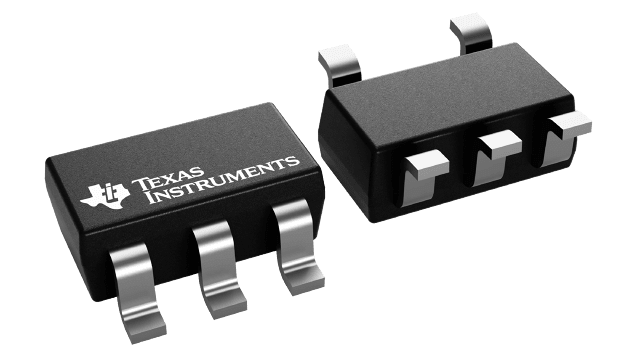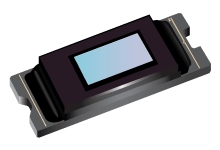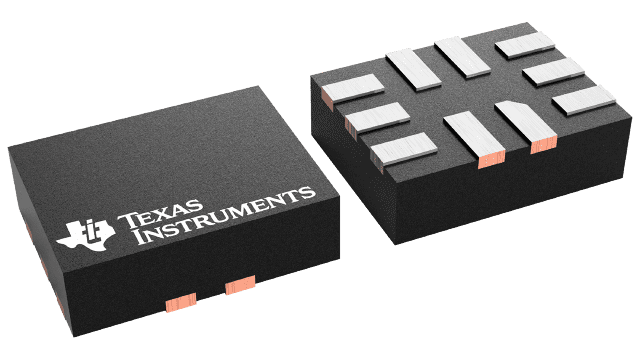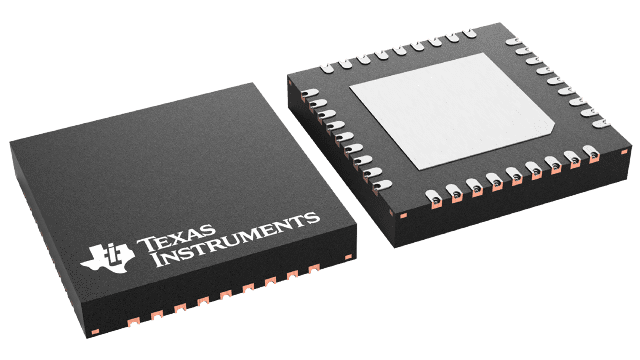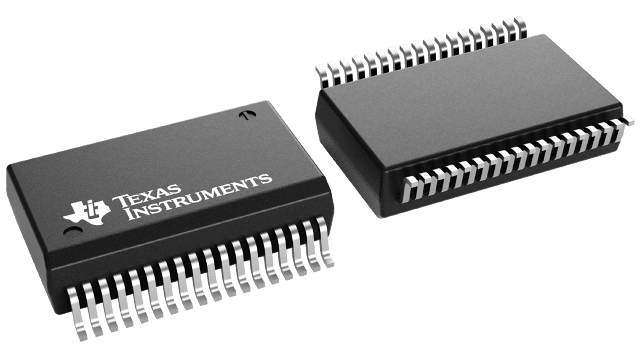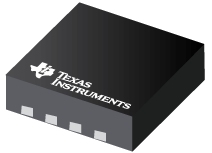DAQ devices measure temperature and voltage
Digilent’s measurement computing USB-TC and USB-TEMP-AI are USB-based temperature and voltage measurement DAQ devices.
They are in stock at distributor Digi-Key Electronics.
The USB-TC features eight 24-bit analogue inputs for precise thermocouple measurements, 2 S/s/ch sample rate, and eight digital I/O.
The USB-TEMP-AI also features eight 24-bit analogue inputs and a 2 S/s/ch sample rate. Four channels can be configured to measure various temperature sensors, including thermocouples (TCs), RTDs, thermistors, and semiconductor sensors.
The last four channels are capable of measuring input voltage ranges of ±10, ±5, ±2.5, and ±1.25 V. Eight digital I/O and one counter input are also provided.
These devices are USB-powered and require no external power.
A 24-bit analogue-to-digital (A/D) converter is provided for each pair of analogue inputs. Users can connect a different category of sensor to each temperature channel pair.
Open thermocouple detection (OTD) is provided to detect broken TCs. Cold junction compensation (CJC) sensors are provided for TC measurements and built-in current excitation sources for resistive sensor measurements.
Each channel can be sampled at up to two samples per second for a total device throughput of 16 samples per second. Eight independent, TTL-compatible digital I/O channels are used to monitor TTL-level inputs and communicate with external devices.
The USB-TEMP-AI has a 32-bit event counter that accepts frequency inputs up to 1 MHz. The internal counter increments when the TTL levels transition from low to high.
Software support includes DAQami, an out-of-the-box application for data logging, visualisation, and signal generation. Data can be viewed in real-time or post-acquisition on user-configurable displays.
Drivers are included for the most popular applications and programming languages, including Visual C++, Visual C#, Visual Basic .NET, DASYLab, LabVIEW and Python.
The Digilent USB-TC and USB-TEMP-AI are available from Digi-Key in the EMEA, Americas and Asia-Pacific regions.



